Ever wondered what goes on behind the camera of your favorite TV shows? From unexpected casting decisions to on-set antics and hidden Easter eggs, iconic television series are filled with fascinating stories waiting to be uncovered. In this article, we dive into the lesser-known facts that shaped some of the most beloved shows in television history, giving fans a peek into the creative processes and off-screen moments that defined their favorite programs.
“Friends” – The Famous Couch was Found in a Basement
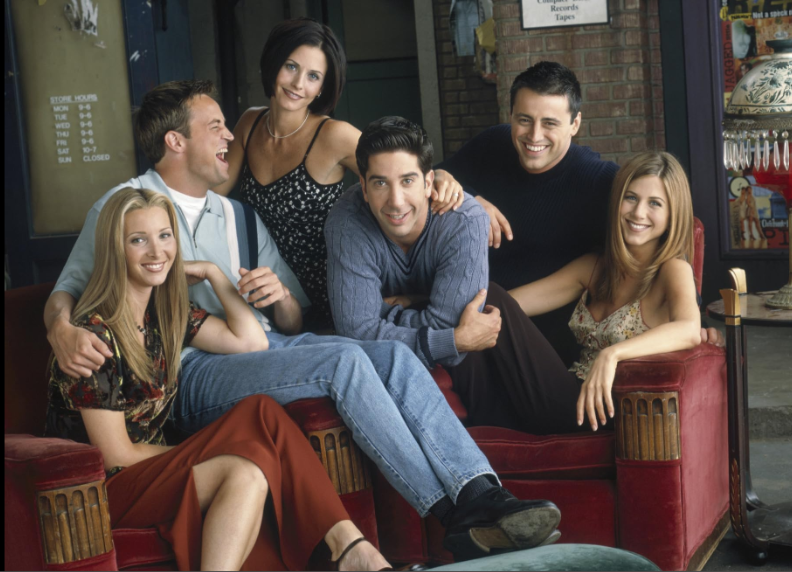
The iconic orange couch in Central Perk was actually found in the basement of the Warner Bros. studio. This piece of furniture became one of the most recognizable symbols of the show, helping to create a cozy, inviting atmosphere for the scenes in the coffee shop.
“Breaking Bad” – The Cost of Walter White’s Meth Empire
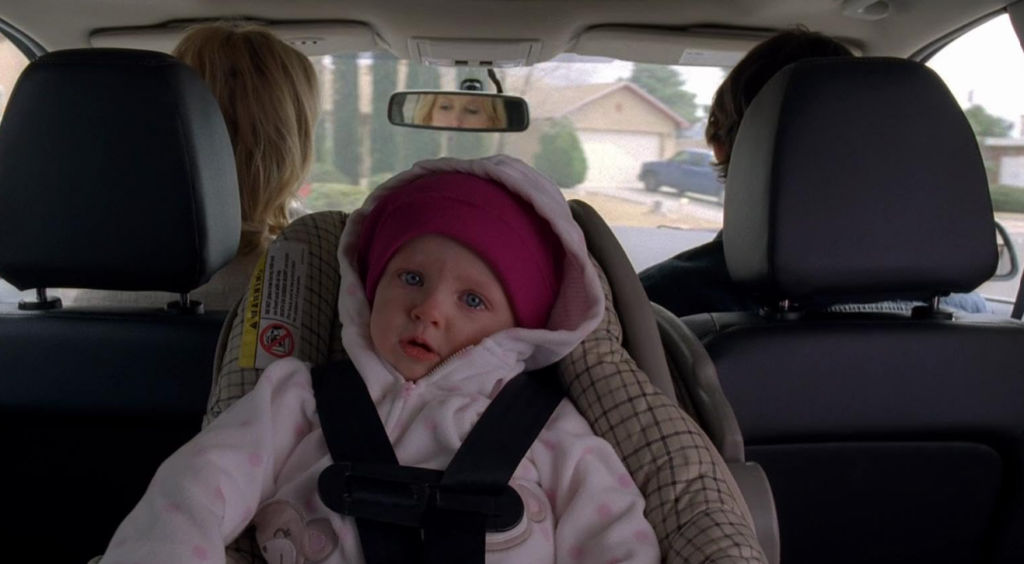
It’s reported that the production used about $225 worth of blue rock candy to represent the meth throughout the series. The show meticulously depicted the drug manufacturing process, often consulting with chemists to ensure accuracy.
“Game of Thrones” – Real Sword Skills

Actors on “Game of Thrones” underwent extensive sword-fighting training, which sometimes cost up to $10,000 per actor for a training period before filming. This investment was crucial for creating the authentic battle scenes that the series is known for.
“The Office” – Steve Carell’s Improvisation
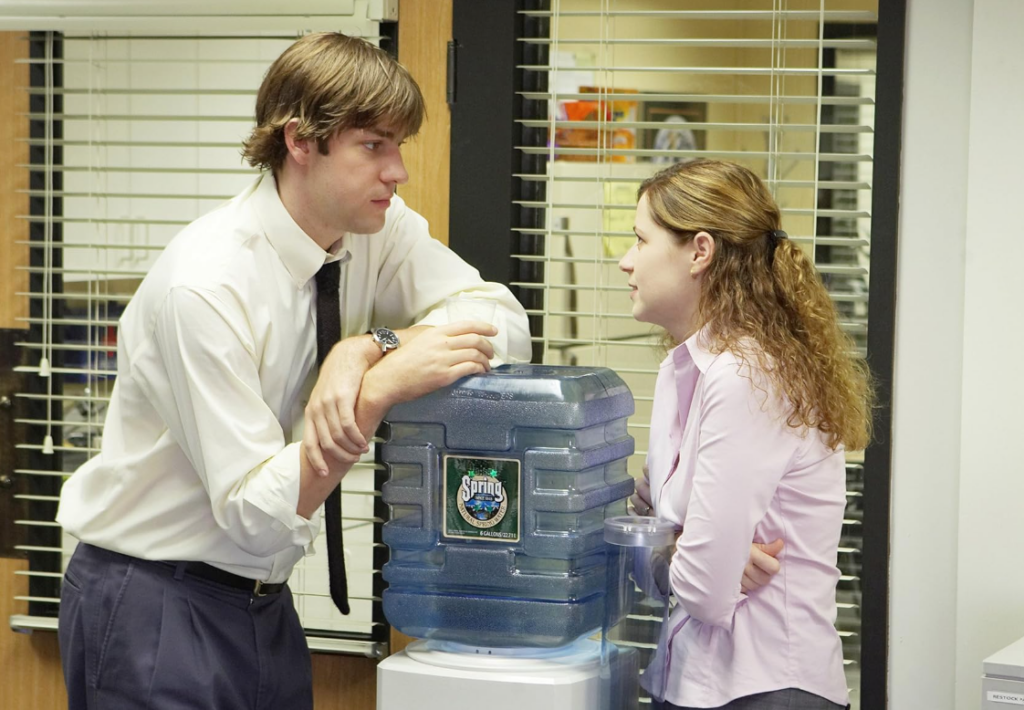
Many of Steve Carell’s funniest moments as Michael Scott were improvised, adding a unique spontaneity to the show. This improvisational style contributed significantly to the show’s comedic authenticity.
“Star Trek” – The First Interracial Kiss on TV
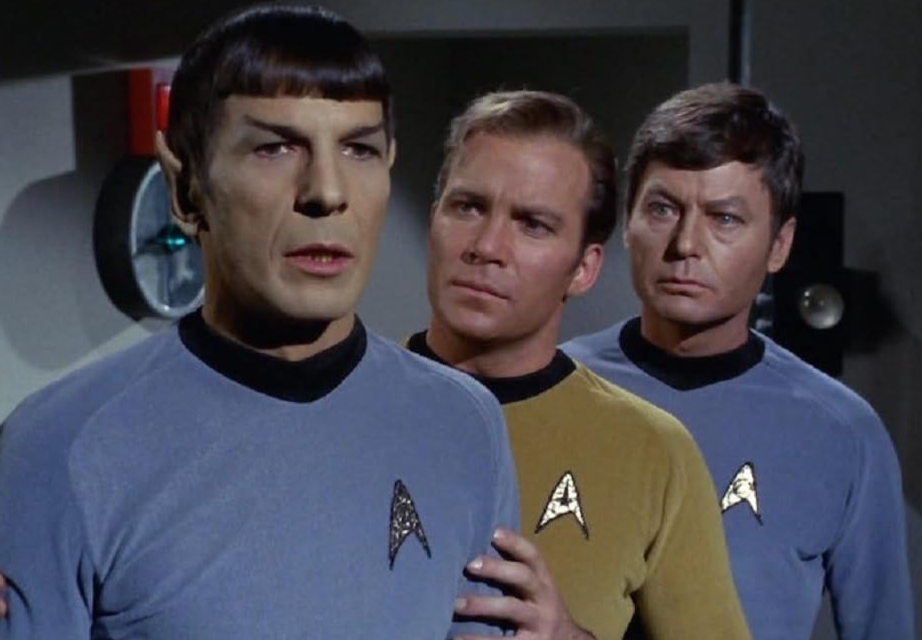
“Star Trek” featured the first interracial kiss on American television between William Shatner and Nichelle Nichols. This bold move in 1968 was a significant moment in TV history, reflecting and pushing social boundaries.
“Stranger Things” – The Cost of The Upside Down

Creating the eerie alternate dimension known as The Upside Down was a costly endeavor, with effects costing up to $8 million per episode in the later seasons. The show’s commitment to high-quality visual effects has made it a standout in terms of production value.
“Lost” – The Expensive Pilot
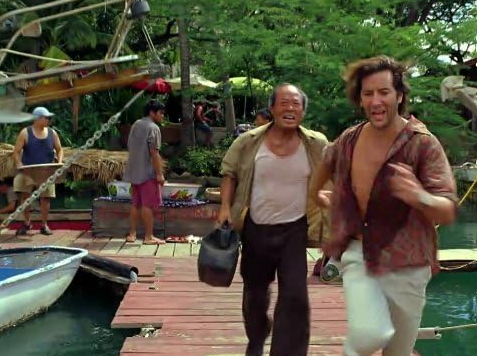
The pilot episode of “Lost” was one of the most expensive in television history, costing between $10 to $14 million. This included intricate set designs and location shoots that set the stage for the mysterious island.
“The Simpsons” – Voice Actor Salaries

At their peak, the main voice actors on “The Simpsons” made around $300,000 per episode, reflecting the show’s massive success and their vital role in bringing the characters to life.
“The Crown” – The Cost of Royalty
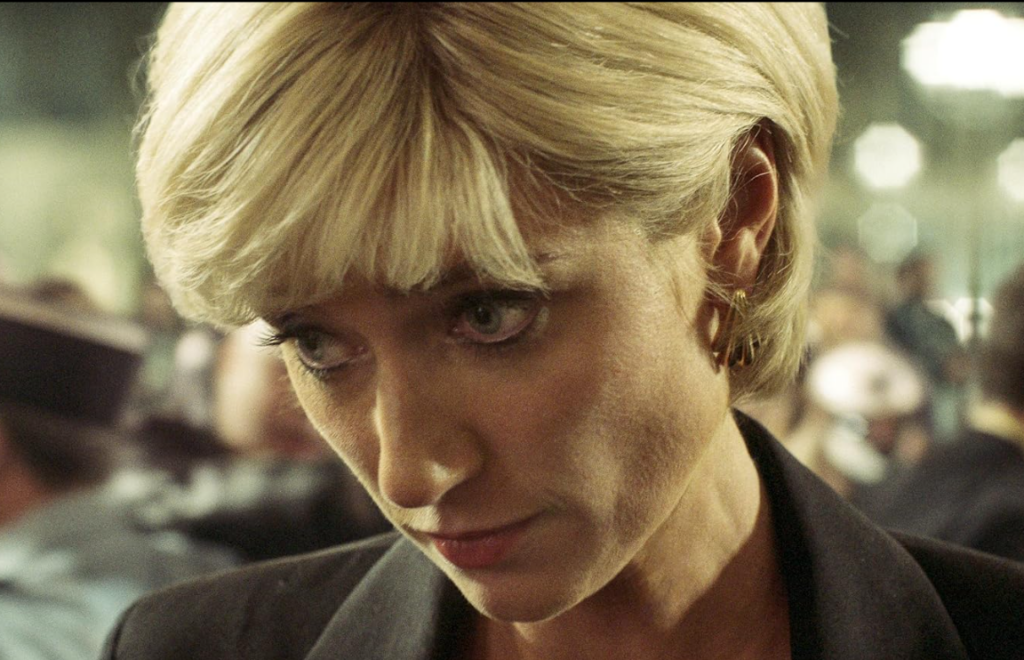
Netflix’s “The Crown” is one of the most expensive TV shows ever made, with an estimated budget of $13 million per episode, largely due to its detailed period costumes and sets.
“Doctor Who” – The TARDIS’s Sound
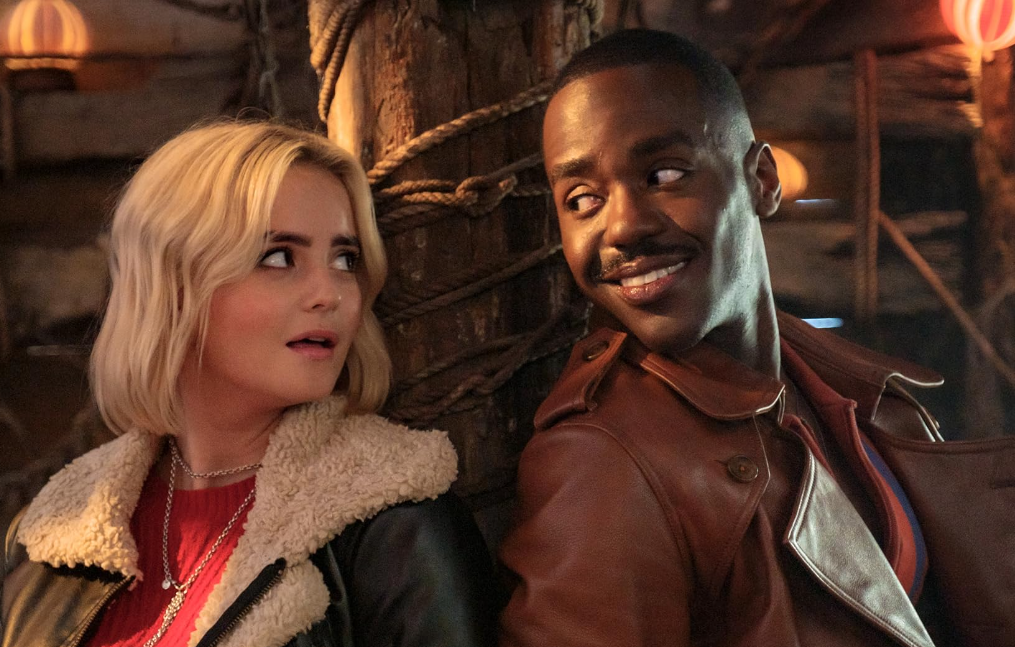
The distinctive sound of the TARDIS is actually a recording of a key scraping against piano wire, a low-tech solution for a very iconic effect.
“Sherlock” – The Mind Palace
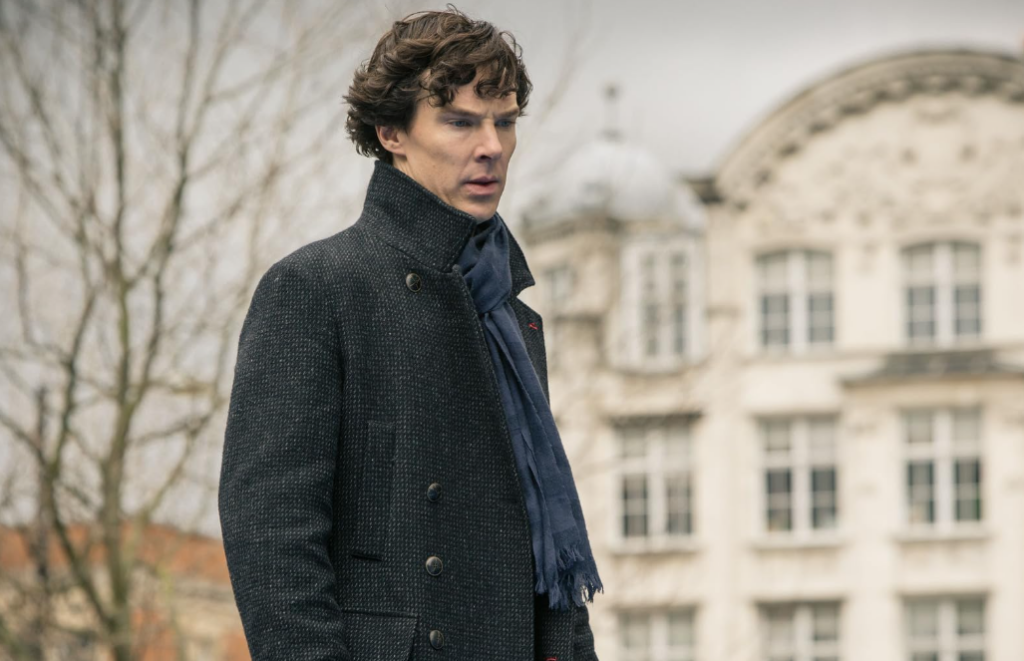
The visualization of Sherlock’s mind palace involved intricate graphics and camera work, which required significant planning and coordination to execute, highlighting the innovative production techniques used in the series.
“Mad Men” – Historical Accuracy
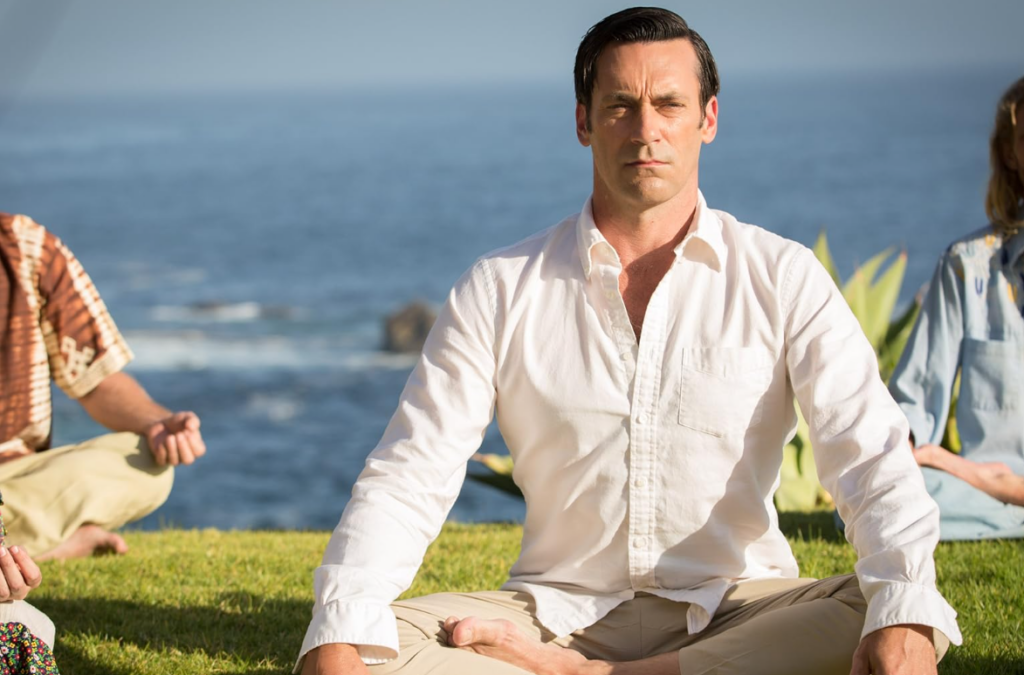
“Mad Men” went to great lengths to ensure historical accuracy, from the costumes and props to the brands featured in the series, often spending upwards of $2,500 per costume for period authenticity.
“Seinfeld” – The Puffy Shirt is in the Smithsonian
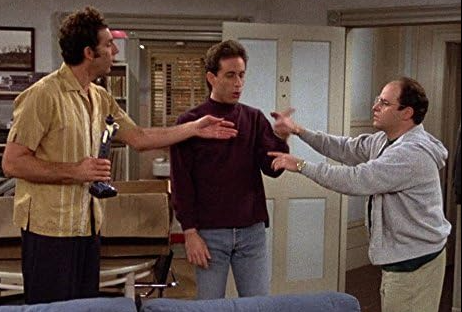
The famous “puffy shirt” from Seinfeld is now housed in the Smithsonian Museum, signifying its cultural impact and the blend of humor and fashion that defined the show.
“The Wire” – Casting Real Residents
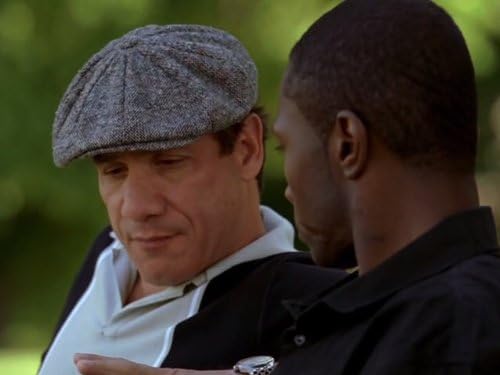
“The Wire” cast several non-actors from Baltimore to add authenticity to the portrayal of the city’s struggles, blending fiction with real-life elements seamlessly.
“The Twilight Zone” – Rod Serling’s Writing Speed
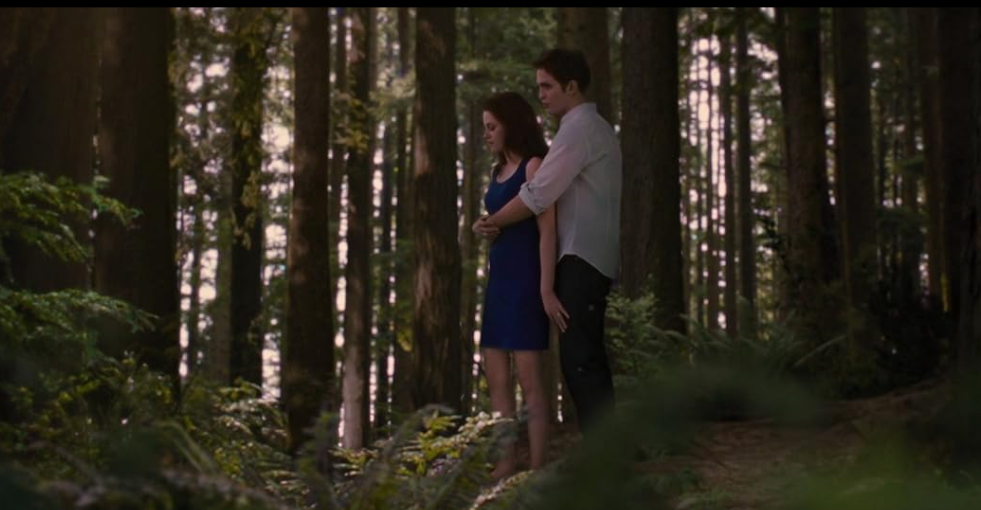
Rod Serling wrote over 80 episodes of the series himself, showcasing his prolific talent and the intense personal investment he had in the project.
“Buffy the Vampire Slayer” – The Musical Episode
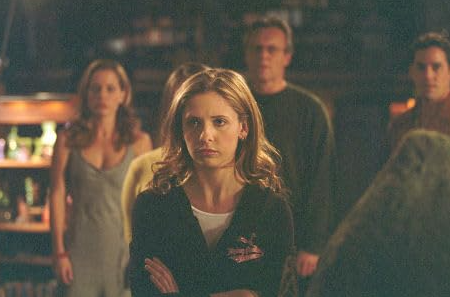
The musical episode “Once More, with Feeling” required the cast to train extensively in singing and choreography, showing the series’ commitment to innovative storytelling formats.
“The X-Files” – FBI Consultation
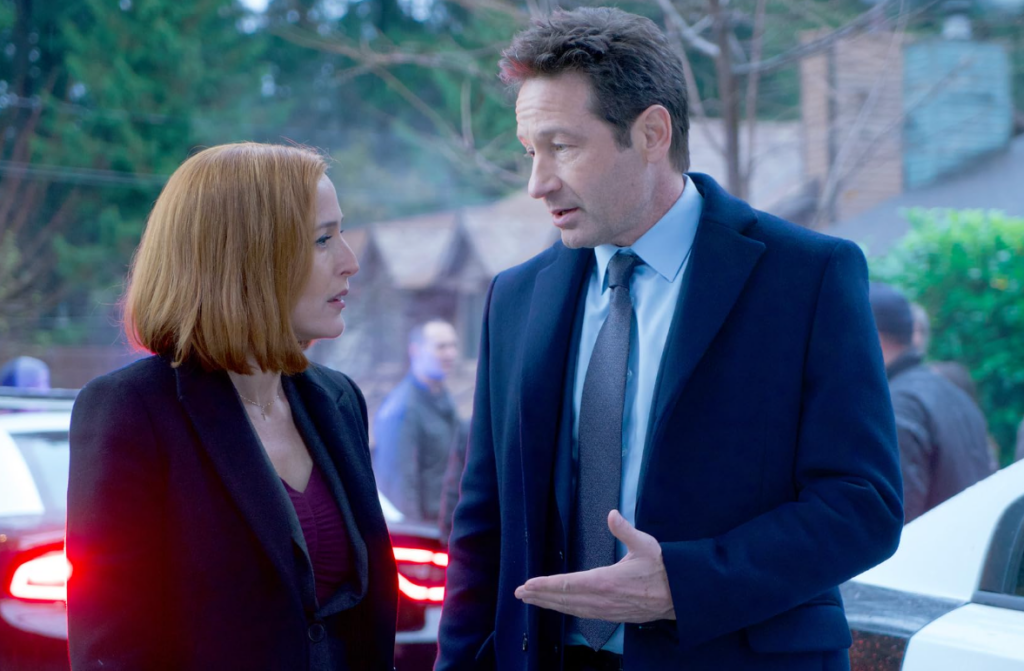
“The X-Files” consulted with the FBI regarding the depiction of its procedures and office environments, adding a layer of realism to the science fiction series.
“Downton Abbey” – The Costumes
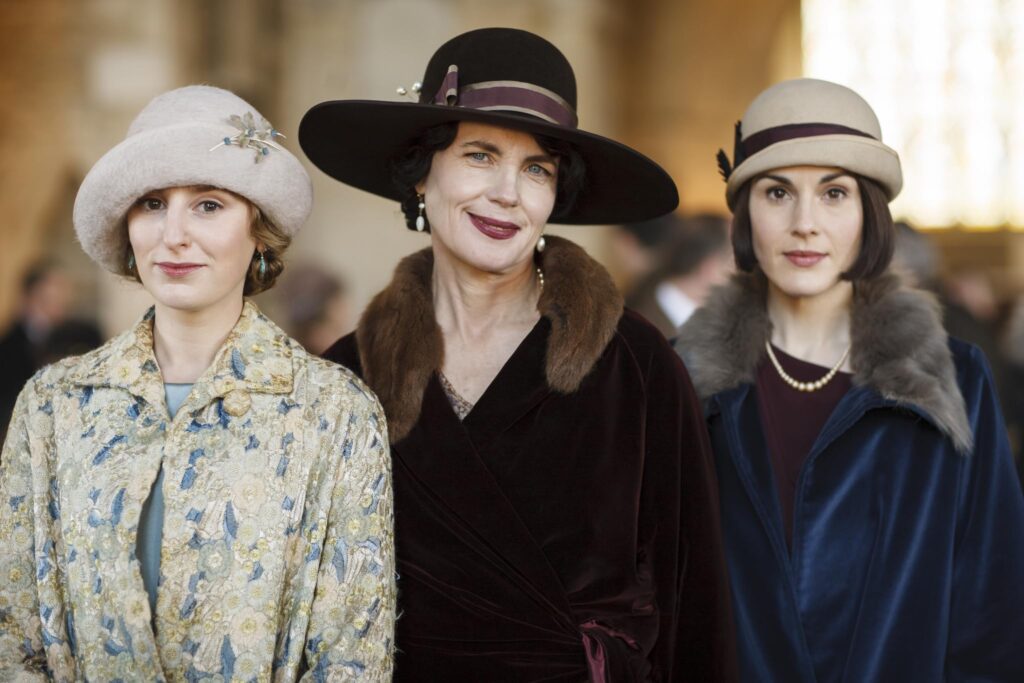
Each costume on “Downton Abbey” could cost up to $4,000, reflecting the detailed attention to period accuracy that the show maintained throughout its run.
“Frasier” – The Most Expensive Set Piece
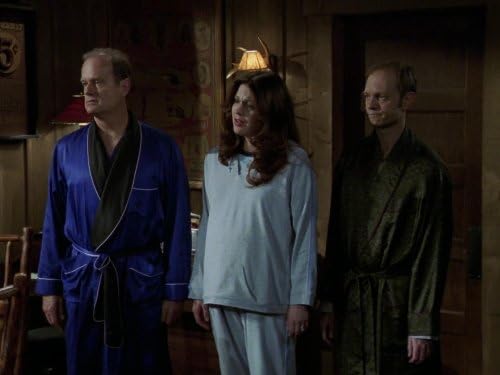
Frasier’s apartment was dominated by an extremely expensive piece of furniture, a replica of Coco Chanel’s sofa, costing around $15,000, symbolizing Frasier’s lavish tastes.
“Westworld” – Complex Timelines

“Westworld’s” complex storytelling involved detailed scripts and multiple timeline plots that required careful planning and coordination, significantly increasing production complexity.
“Vikings” – Realistic Ship Builds

The ships used on “Vikings” were built by traditional methods to ensure historical accuracy, each costing several hundred thousand dollars, underscoring the show’s commitment to authenticity in its portrayal of Viking expeditions.
This article originally appeared on UnifyCosmos.
More from UnifyCosmos
20 Intriguing Details About the Life of Leonardo da Vinci
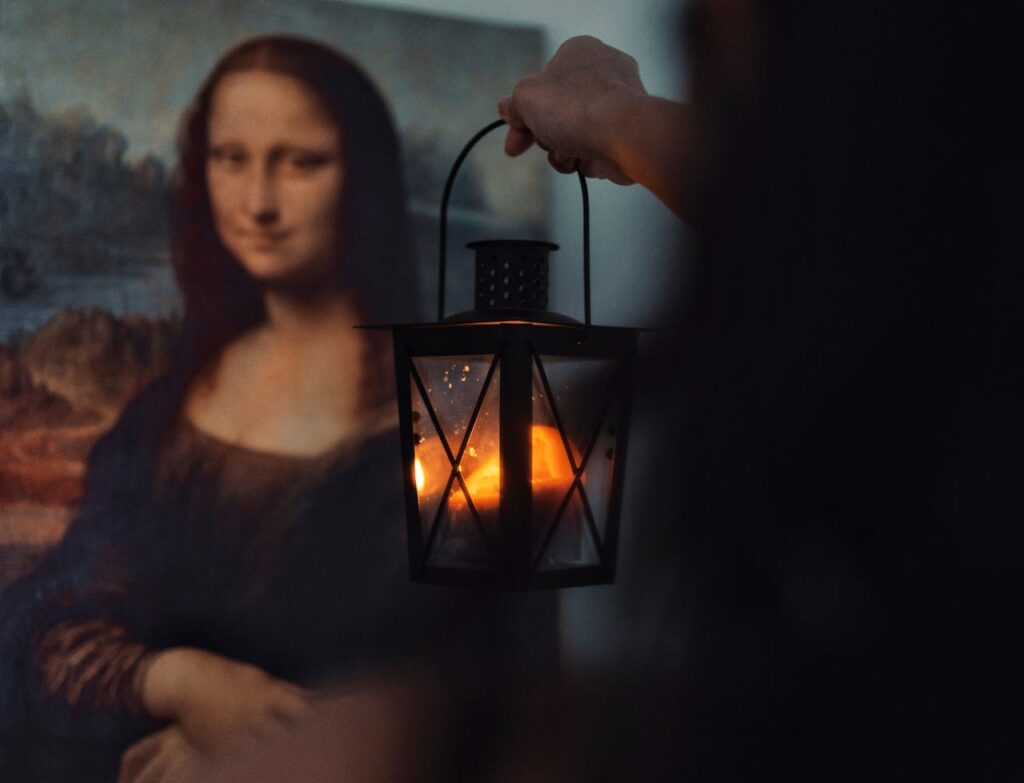
This article delves into the intriguing details of his life, shedding light on the genius behind the Mona Lisa and The Last Supper. Read more!
22 Tips for Mastering the Art of Multitasking

From prioritizing tasks to leveraging technology, we’ll explore practical strategies to help you manage your time and efforts effectively. Read more!
23 Famous Regional Pizzas You Need to Taste

Join us as we explore some of the most famous regional pizzas you need to taste, each offering a mouthwatering experience that reflects the local culture and culinary traditions. Read more!
Leave a Reply